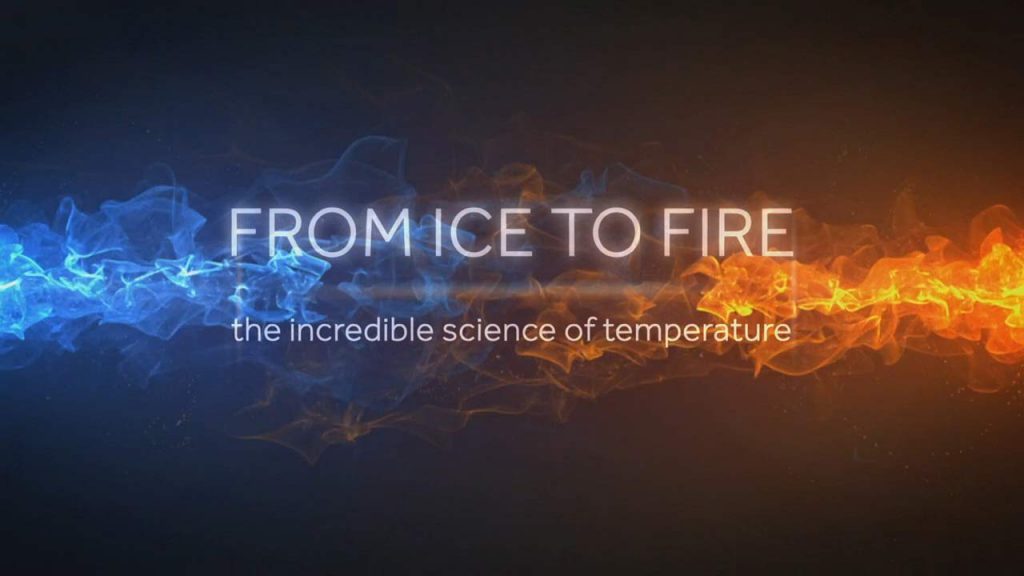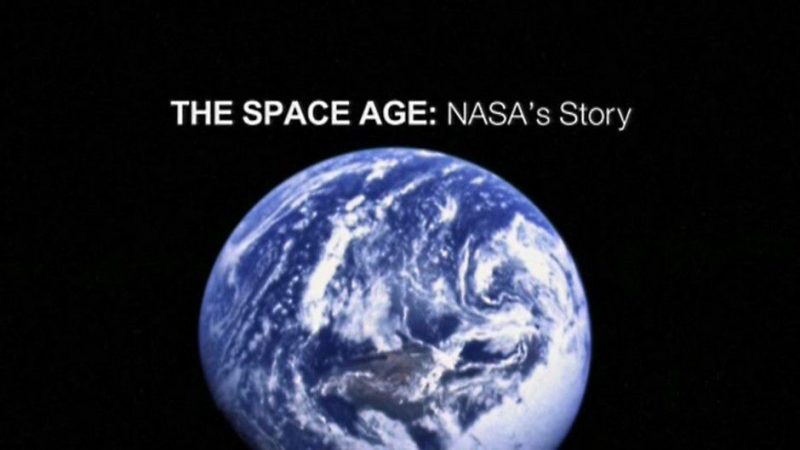The Incredible Science of Temperature episode 2: Helen Czerski explores the narrow band of temperature that has led to life on Earth and shows how all living creatures depend on temperature for its survival. She reveals how life began in a dramatic place where hot meets cold, and how every single living creature on Earth depends on temperature for its survival. She uncovers the extraordinary natural engineering that animals have evolved to keep their bodies at the right temperature. And she witnesses the remarkable surgery that’s using temperature to push the human body to the very brink of life.
Everything around us – from the tiniest insect on Earth to the most distant stars of the cosmos – exists somewhere on a vast scale from cold to hot. In this series, physicist Dr Helen Czerski explores the extraordinary science of temperature. She unlocks the extremes of the temperature scale, from absolute zero to searing heat of stars – and reveals how temperature works, how deep its influence on our lives is, and why it’s the hidden force that has shaped our planet and the entire universe.
The Incredible Science of Temperature episode 2
Temperature is a physical quantity that expresses the hotness of matter or radiation. There are three types of temperature scale: those, such as the SI scale, that are defined in terms of the average translational kinetic energy per freely moving microscopic particle, such as atom, molecule, or electron, in a body; those that rely solely on purely macroscopic properties and thermodynamic principles, such as Kelvin’s original definition; and those that are not defined by theoretical principles, but are defined by convenient empirical properties of particular materials.
Temperature is measured with a thermometer. It is calibrated in various temperature scales that historically have relied on various reference points and thermometric substances for definition. The most common scales are the Celsius scale (formerly called “centigrade”, with the unit °C), the Fahrenheit scale (with the unit °F), and the Kelvin scale (with the unit K), the latter being used predominantly for scientific purposes and is the primary temperature scale defined by the International System of Units (SI).
The coldest that a body can be imagined to be is when it has a temperature of absolute zero. Experimentally, it can be approached only very closely, but not actually reached, as recognized in the third law of thermodynamics. It would be impossible to extract energy as heat from a body at that temperature. A body can have a strictly physically defined thermodynamic temperature only when it is in a state of thermodynamic equilibrium. Every actual physical body in a state of thermodynamic equilibrium has a positive absolute temperature, both SI and thermodynamic.
With carefully regulated small flows of energy, a body can be held in a state that is practically steady though not of thermodynamic equilibrium, in which microscopic components of the body can be regarded as virtually having mathematically defined negative absolute thermodynamic temperature, but such a body is hotter than a body imagined to be at absolute zero temperature. The SI temperature is not defined for such components, because they are not moving freely.




